Unit 9: Having Fun with Functions
Unit 9: Having Fun with Functions

Overviews
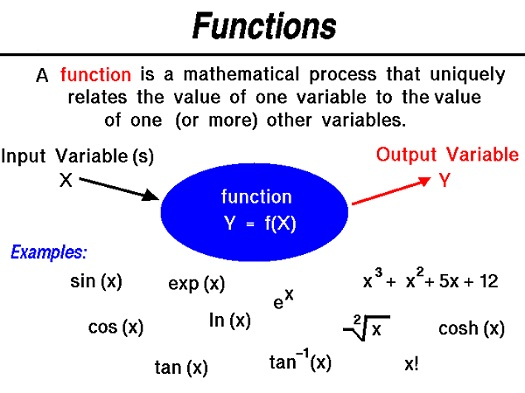
Unit 9: Having Fun with Functions
- Students will learn and use the terminology and symbolism associated with functions.
Unit Focus
Reading Process
Vocabulary Development
- The student will use new vocabulary that is introduced and taught directly.
- The student will listen to, read, and discuss familiar and conceptually challenging text.
- The student will relate new vocabulary to familiar words.
Writing Process Strand
Prewriting
The student will prewrite by using organizational strategies and tools (e.g., technology, spreadsheet, outline, chart, table, graph, Venn diagram, web, story map, plot pyramid) to develop a personal organizational style.
Algebra Body of Knowledge
Real and Complex Number Systems
- Use the zero product property of real numbers in a variety of contexts to identify solutions to equations.
Relations and Functions
- Describe the concept of a function, use function notation, determine whether a given relation is a function, and link equations to functions.
- Determine the domain and range of a relation.
- Solve real-world problems involving relations and functions.
Linear Equations and Inequalities
Write an equation of a line that models a data set and use the equation or the graph to make predictions. Describe the slope of the line in terms of the data, recognizing that the slope is the rate of change.
Quadratic Equations
- Graph quadratic equations with and without graphing technology.
- Use graphing technology to find approximate solutions of quadratic equations.
Mathematical Reasoning and Problem Solving
- Decide whether a given statement is always, sometimes, or never true (statements involving linear or quadratic expressions, equations, or inequalities, rational or radical expressions, or logarithmic or exponential functions).
Vocabulary
Continue to the Next Page
Lesson 1: Functions

Lesson Overview
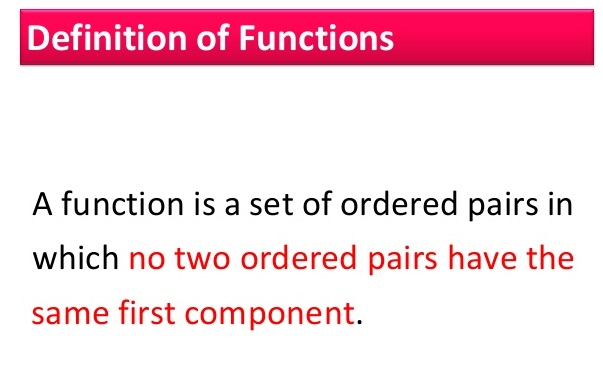
Lesson 1: Functions
We will explore a number of relations through the use of tables and graphs. We will create tables and graphs for specific problems. We will also link equations to functions when given a function.
Reading Process
Vocabulary Development
- The student will use new vocabulary that is introduced and taught directly.
- The student will listen to, read, and discuss familiar and conceptually challenging text.
- The student will relate new vocabulary to familiar words.
Writing Process Strand
Prewriting
- The student will prewrite by using organizational strategies and tools (e.g., technology, spreadsheet, outline, chart, table, graph, Venn diagram, web, story map, plot pyramid) to develop a personal organizational style.
Algebra Body of Knowledge
Relations and Functions
- Describe the concept of a function, use function notation, determine whether a given relation is a function, and link equations to functions.
- Determine the domain and range of a relation.
Lesson Reading
Continue to the Next Page
Lesson 2: The Function of X

Lesson Overview
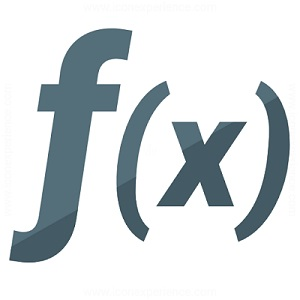
Lesson 2: The Function of X
Reading Process
Vocabulary Development
- The student will use new vocabulary that is introduced and taught directly.
- The student will listen to, read, and discuss familiar and conceptually challenging text.
- The student will relate new vocabulary to familiar words.
Algebra Body of Knowledge
Relations and Functions
- Describe the concept of a function, use function notation, determine whether a given relation is a function, and link equations to functions.
Lesson Reading
Continue to the Next Page
Lesson 3: Graphing Functions

Lesson Overview
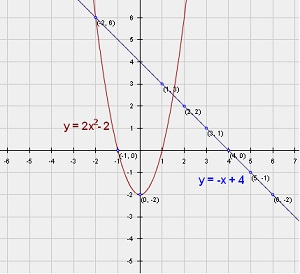
Lesson 3: Graphing Functions
Reading Process
Vocabulary Development
- The student will use new vocabulary that is introduced and taught directly.
- The student will listen to, read, and discuss familiar and conceptually challenging text.
- The student will relate new vocabulary to familiar words.
Algebra Body of Knowledge
Linear Equations and Inequalities
- Write an equation of a line that models a data set and use the equation or the graph to make predictions. Describe the slope of the line in terms of the data, recognizing that the slope is the rate of change.
Mathematical Reasoning and Problem Solving
- Decide whether a given statement is always, sometimes, or never true (statements involving linear or quadratic expressions, equations, or inequalities, rational or radical expressions, or logarithmic or exponential functions).
Lesson Reading
Continue to the Next Page
Lesson 4: Graphing Quadratics

Lesson Overview
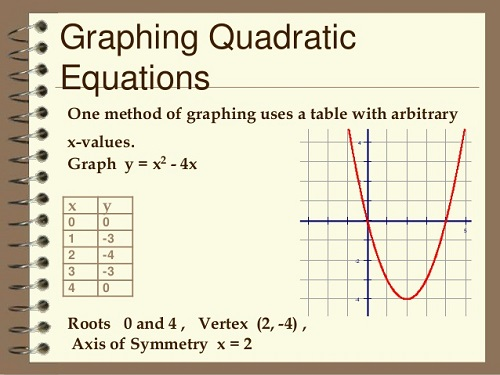
Lesson 4: Graphing Quadratics
Reading Process Strand
Vocabulary Development
- The student will use new vocabulary that is introduced and taught directly.
- The student will listen to, read, and discuss familiar and conceptually challenging text.
- The student will relate new vocabulary to familiar words.
Algebra Body of Knowledge
Real and Complex Number Systems
- Use the zero product property of real numbers in a variety of contexts to identify solutions to equations.
Quadratic Equations
- Graph quadratic equations with and without graphing technology.
- Use graphing technology to find approximate solutions of quadratic equations.
Lesson Reading
